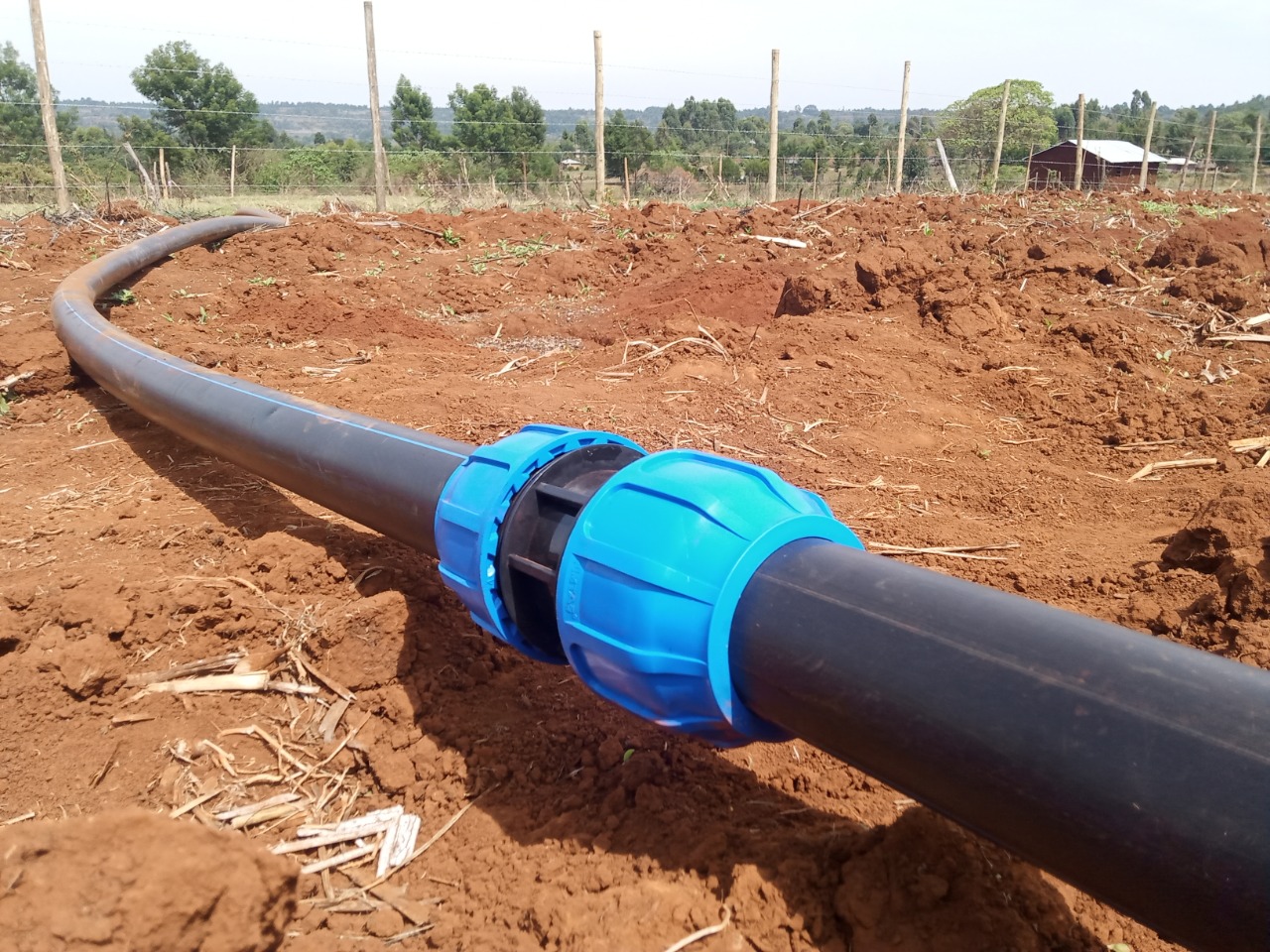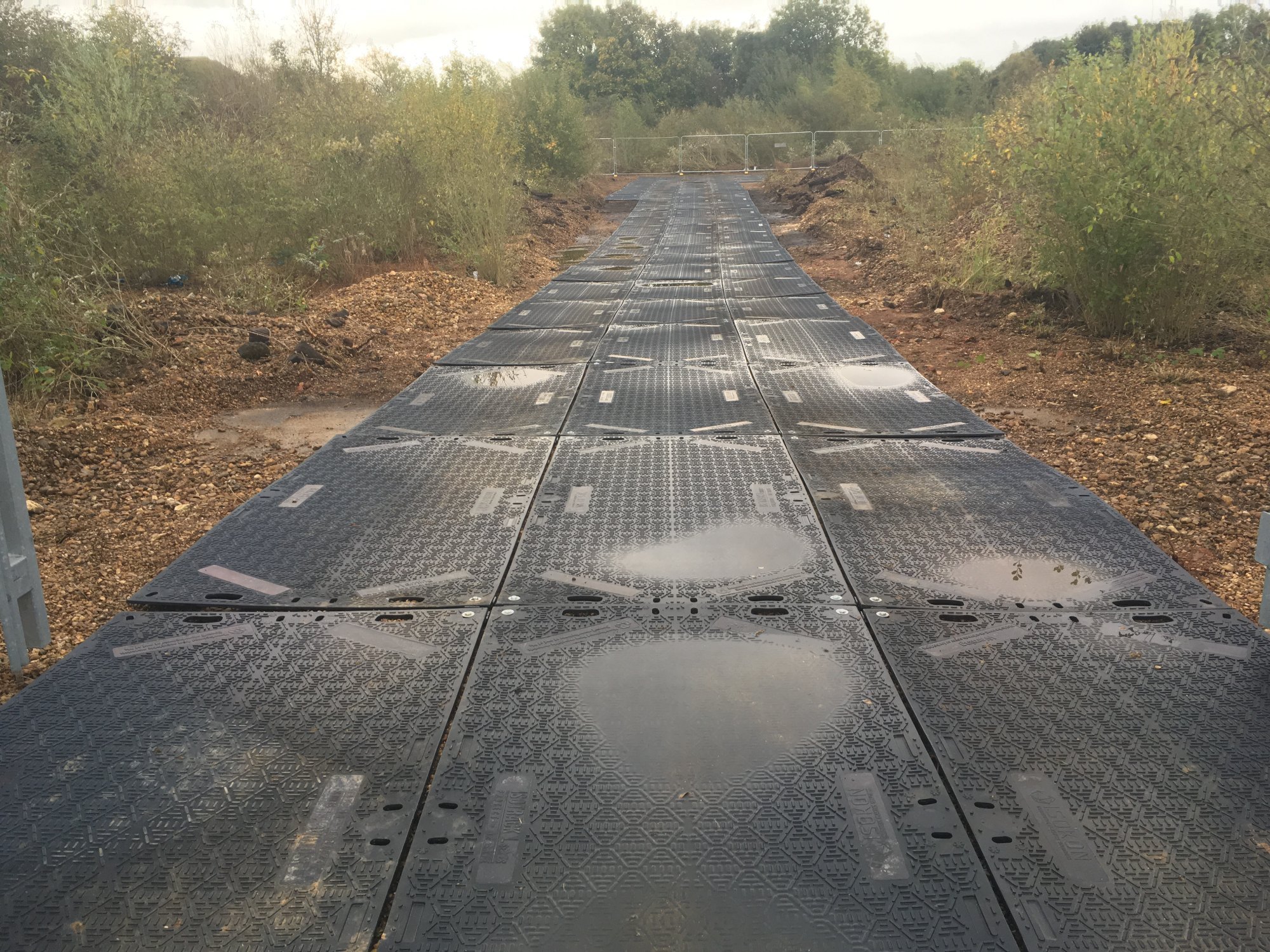Geocells offer a multitude of advantages that make them a preferred choice for various construction and engineering applications. Here are some key benefits:
Enhanced Soil Stability: Geocells provide excellent lateral confinement, which helps in stabilizing soil and preventing erosion. This is particularly beneficial for projects involving slopes, embankments, and retaining walls.
Improved Load Distribution: In road construction, geocells help distribute loads more evenly across the underlying soil or aggregate. This reduces the risk of differential settlement and prolongs the life of the pavement.
Cost-Effective Solution: Compared to traditional soil stabilization methods, geocells offer a more economical solution. Their ability to enhance the performance of soil and aggregates reduces the need for additional materials and maintenance.
Reduced Material Usage: By confining and reinforcing soil, geocells can reduce the amount of aggregate needed for construction. This not only lowers material costs but also minimizes the environmental impact of mining and transporting aggregates.
Ease of Installation: Geocells are easy to install and require minimal specialized equipment. Their flexibility and adaptability make them suitable for a wide range of applications, from roadways to landscaping.
Durability: Made from high-quality polymers, geocells are resistant to environmental factors such as UV radiation, moisture, and temperature fluctuations. This ensures long-term performance and reliability.
Versatility: Geocells can be used in various applications, including Geocell in road construction, load-bearing pavements, erosion control, and green roofs. Their versatility makes them a valuable tool in modern construction.






